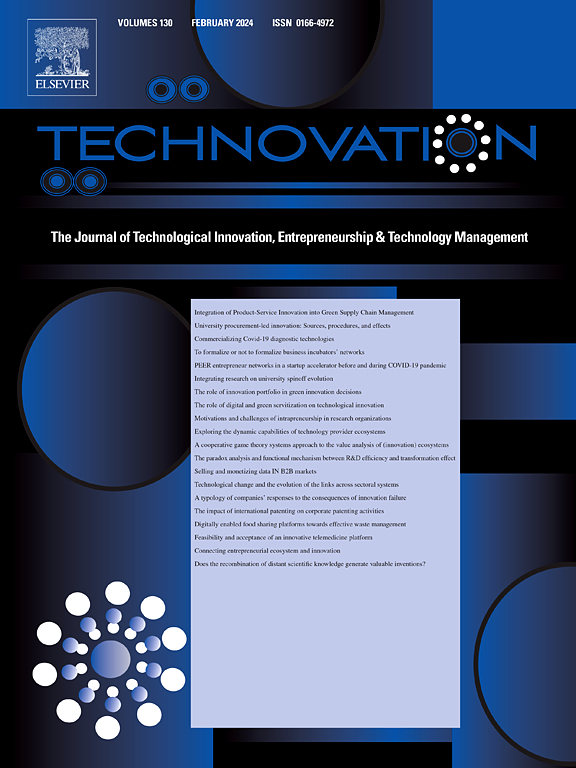Integrating sustainability into helix models for eco-innovation: The eco-5HM
IF 11.1
1区 管理学
Q1 ENGINEERING, INDUSTRIAL
引用次数: 0
Abstract
While helix models facilitate stakeholder collaborations among academia, government, and industry (triple helix model: 3HM) and often extend to include civil society (quadruple helix model: 4HM) and the natural ecosystem (quintuple helix model: 5HM), their effectiveness in promoting eco-innovation remains unclear. This ambiguity highlights the need to examine and, if necessary, refine the helix model to achieve strong sustainability outcomes. A systematic review of 153 publications linking helix models with sustainability was conducted to provide an overview. Taxonomy scoring indicates that the relationships between helix models and sustainability are unstable due to a limited corpus size compared to the helix literature, narrow because they fail to encompass a comprehensive sustainability system, and shallow by lacking representative targets, priorities, and indicators, as most helix studies address sustainability in a superficial manner. To address this gap, a critical review of 37 high-performing publications was conducted to unpack their contributions to eco-innovation ecosystems. These contributions informed the development of a consolidated and improved helix model, known as eco-5HM, incorporating eight key sustainability concepts and 18 strategic stakeholder relations as drivers to provide a strong focus on sustainability within helix-based innovation ecosystems. The present review therefore offers valuable insights for academics, practitioners, and policymakers on developing eco-innovation ecosystems for the benefit of all stakeholders.

求助全文
约1分钟内获得全文
求助全文
来源期刊

Technovation
管理科学-工程:工业
CiteScore
15.10
自引率
11.20%
发文量
208
审稿时长
91 days
期刊介绍:
The interdisciplinary journal Technovation covers various aspects of technological innovation, exploring processes, products, and social impacts. It examines innovation in both process and product realms, including social innovations like regulatory frameworks and non-economic benefits. Topics range from emerging trends and capital for development to managing technology-intensive ventures and innovation in organizations of different sizes. It also discusses organizational structures, investment strategies for science and technology enterprises, and the roles of technological innovators. Additionally, it addresses technology transfer between developing countries and innovation across enterprise, political, and economic systems.
 求助内容:
求助内容: 应助结果提醒方式:
应助结果提醒方式:


